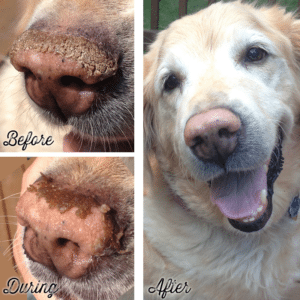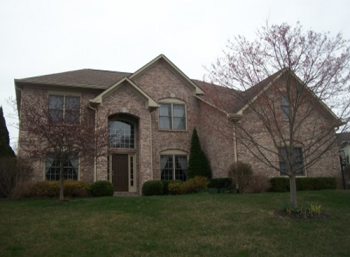Finer Options for the Dog Treatment for You

The most widely used technique is the deep skin scraping, as the hyperkeratosis lives inside the hair follicle, often at considerable depth. Precisely because of this location, it is useful to squeeze the skin before doing the scraping so as to push the mites out of the deeper parts of the follicles. To be sure of this pathology, specific analyzes must be carried out, such as a deep epithelial scraping, depending on the severity of the disease, the scraping could be superficial or very deep. Subsequently to the scraped material collected must be checked with an optical microscope to analyze the hair, skin flakes and any pathogens. You can read this post here for more.

The symptoms of generalized mange in dogs are:
- The dog’s skin is scaly or flaky
- The skin, to the touch, is thickened
- The skin may have areas with pustules and consequently bacterial infections
- The skin of the dogs is greasy and also full of wrinkles
- Large areas with alopecia
- The colour of the skin appears to be in shades of dark red tending to bluish
- The symptoms may appear on the whole body or in some specific areas
- The dog may also present fever and asthenia
However, for a certain diagnosis, isolation and identification of the mite by microscopic examination are necessary.
In the case of dogs that have particularly thick skin hyperkeratosis, it will almost always be necessary to perform a biopsy of the skin in several areas, after a careful dermatological evaluation. Localized mange does not generally require special care systemically and tends to disappear independently within a few weeks. The generalized mange is certainly more complex to treat.
The First Step
The first thing to do, after more detailed analysis, is to wash the dog with a specific shampoo based on benzoyl peroxide, which is taken only on veterinary prescription in the pharmacy. If your dog has very long hair, it is best to shave it, cleaning and disinfecting the affected areas. Then proceed with localized sponging with an acaricide-insecticide. Sponging should not be done on areas where the skin is ulcerated. If the dog has many damaged areas, before sponging, it is better to carry out a specific antibiotic treatment for 15 days. It is possible that these mange treatments do not have the desired effect, so it is always better to associate a specific acaricidal drug, systemically (such as ivermectin or moxidectin), with the regular veterinarian.
The quick Changes
Therapy should be interrupted when parasites are no longer visible on skin scrapings performed at three or four weeks of interval.
Two consecutive negative scrapes can define the healed animal. In addition to the specific therapy, in the case of demodectic mange, the animals should be examined in order to identify the causes (environmental, food, infectious, parasitic, pathological) which, although sometimes not evident from the beginning, have altered the correct balance and the body’s adequate defences. The demodectic mange is one of the most represented causes of dermatitis in the dog and as such it is better to intervene promptly in order to avoid a massive diffusion of the pathogen with damages that are often more complex to heal.



